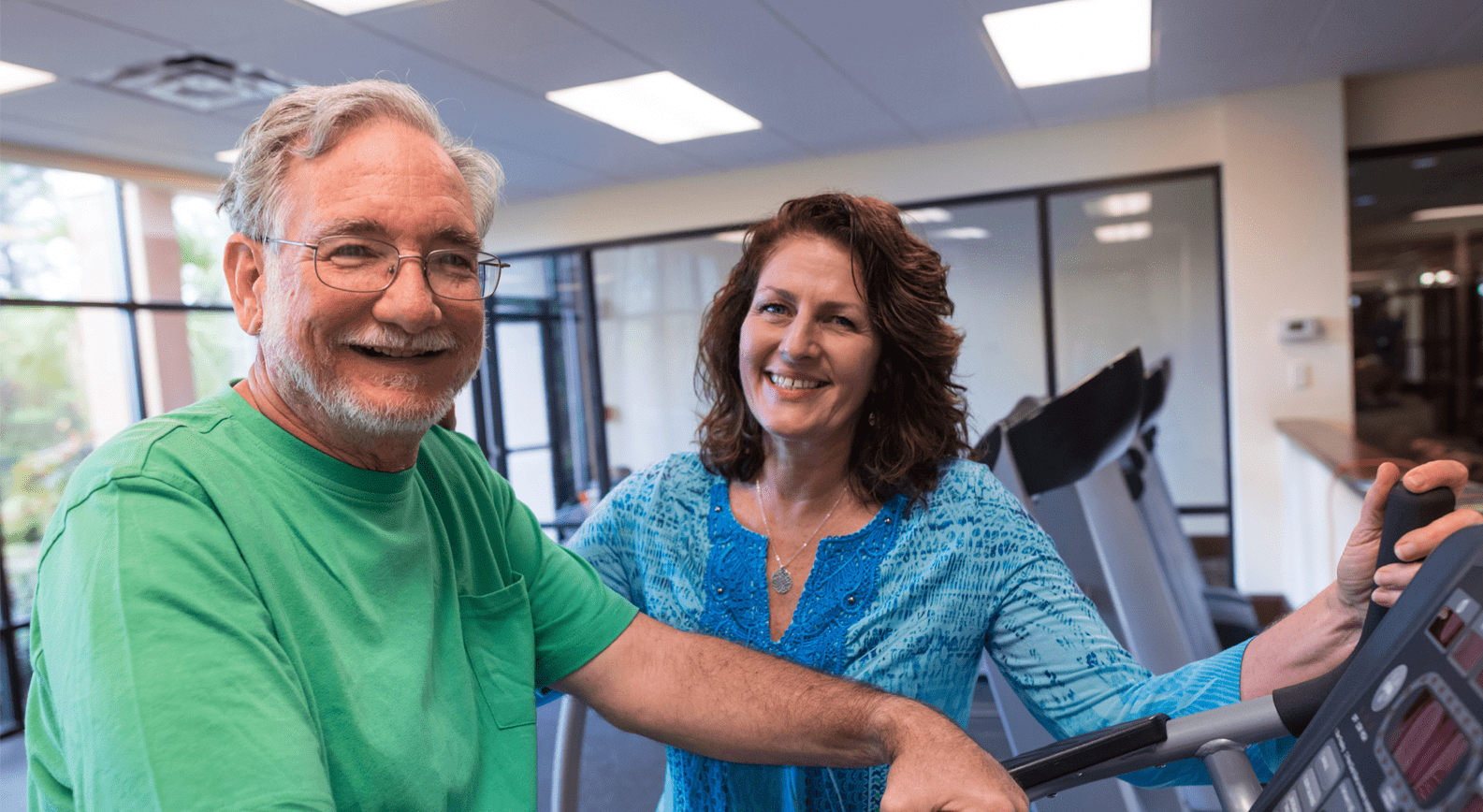Starting rehabilitation early during an ICU stay can improve patient outcomes after they leave the unit. As a result, initiating early rehabilitation during ICU stays has become the basis for some quality improvement (QI) projects. “Many QI projects have been launched in recent years, but few have explored the long-term effects of beginning rehabilitation early in the ICU to see if they are sustainable in real-world practice,” says Dale M. Needham, FCPA, MD, PhD.
In Annals of the American Thoracic Society, Dr. Needham and colleagues published a study in which they evaluated the sustained effects of a QI project conducted at Johns Hopkins Medicine. The program involved implementing an active physical therapy intervention in ICU patients with an acute respiratory distress syndrome (ARDS). “We wanted to take a ‘wake up and move’ approach,” Dr. Needham says. The study team developed a structured approach, collaborating with hospital staff and administrators, to promote the sustainability of their QI project. This included removing barriers to implementation, providing interdisciplinary education and communication, and fostering continued participation of the physical therapists working in the ICU after the QI period ended.
Sustained Benefits
According to the results, significantly more ARDS patients who survived their ICU stay received physical therapy in the ICU after the QI project was initiated than prior to implementation. Patients were also more likely to have better function during physical therapy sessions in the ICU after the QI project began. “Important, it took far fewer days to start physical therapy in the ICU after the QI project was initiated,” says Dr. Needham (Table). “These benefits were sustained 5 years after the project began and zero patient safety events occurred in the post-QI group.”
Important Implications
Dr. Needham says it can be challenging to overcome barriers to incorporating early active physical rehabilitation in the ICU, but sustaining such QI projects often comes down to changing the culture. “Clinicians working in ICUs are typically trained to deeply sedate patients and give them bed rest,” he says. “In our study, we wanted to tone down sedation strategies and get patients mobilizing early. Introducing active physical therapy can improve outcomes and may reduce hospital costs by reducing lengths of stay. By using a structured approach to create cultural change, similar to the approach we used, other hospitals also can achieve long-term success with QI projects.”



 Janine Anthes
Janine Anthes